Home>Furniture & Design>Interior Design Trends>How Thick Should Aquarium Glass Be
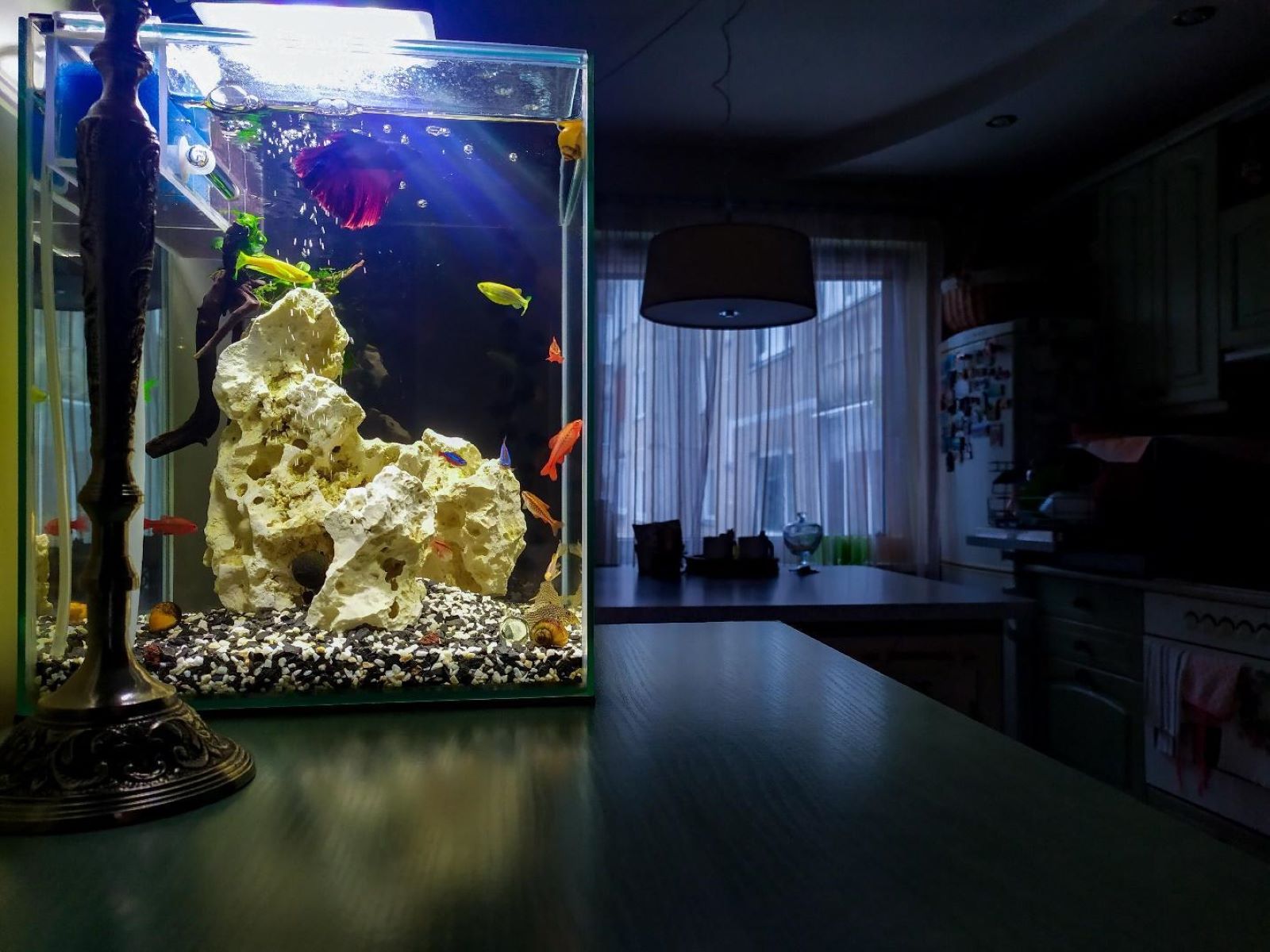

Interior Design Trends
How Thick Should Aquarium Glass Be
Published: February 8, 2024
Discover the ideal thickness for aquarium glass and stay updated on the latest interior design trends. Explore expert advice on creating a stylish and functional aquarium setup.
(Many of the links in this article redirect to a specific reviewed product. Your purchase of these products through affiliate links helps to generate commission for Storables.com, at no extra cost. Learn more)
Introduction
When it comes to setting up an aquarium, choosing the right glass thickness is crucial for ensuring the safety and longevity of your aquatic habitat. The thickness of the glass directly impacts the structural integrity of the aquarium, influencing its ability to withstand the immense pressure exerted by the water it contains. Whether you're a seasoned aquarist or a novice enthusiast, understanding the factors that determine the appropriate glass thickness for your aquarium is essential.
The decision regarding glass thickness involves a delicate balance between safety, aesthetics, and practicality. While a thicker glass may offer greater security, it also adds weight and cost to the aquarium. Conversely, opting for a thinner glass may compromise the structural integrity, potentially leading to leaks or, in extreme cases, catastrophic failure.
In this comprehensive guide, we will delve into the various factors that influence the choice of aquarium glass thickness. From the standard thickness for different aquarium sizes to special considerations for custom aquariums, we will explore the intricacies of this critical decision. By the end of this article, you will have a clear understanding of how to determine the ideal glass thickness for your aquarium, ensuring a secure and visually stunning aquatic display.
Key Takeaways:
- Choose aquarium glass thickness based on water pressure, aquarium size, safety margin, and material quality to ensure a secure and visually appealing aquatic habitat.
- Custom aquariums require tailored glass thickness, support structures, and safety margins, demanding engineering expertise and consultation for a unique and enduring aquatic display.
Read more: How Thick Is Aquarium Glass
Factors to Consider
When deliberating on the appropriate glass thickness for your aquarium, several key factors come into play. Understanding these factors is essential for making an informed decision that prioritizes both safety and aesthetics.
1. Water Pressure:
The primary consideration when determining glass thickness is the hydrostatic pressure exerted by the water. The depth of the aquarium directly correlates to the pressure the glass must withstand. Deeper aquariums require thicker glass to counteract the increased force exerted by the water. It's crucial to calculate the water pressure at different depths to ascertain the minimum glass thickness required for structural integrity.
2. Aquarium Dimensions:
The dimensions of the aquarium, including length, width, and height, significantly influence the distribution of pressure on the glass panels. Larger aquariums necessitate thicker glass to withstand the amplified pressure across a wider surface area. Additionally, the aspect ratio of the aquarium impacts the distribution of stress, with taller tanks requiring thicker glass to support the vertical pressure.
3. Safety Margin:
Incorporating a safety margin is imperative when determining glass thickness. This margin accounts for unforeseen factors such as uneven distribution of water pressure, minor structural imperfections, or external forces. A safety margin ensures that the aquarium can withstand unexpected stressors, offering peace of mind and mitigating the risk of glass failure.
Read more: How Thick Should Shower Glass Be
4. Material Quality:
The quality of the glass itself is a critical factor in determining the appropriate thickness. High-quality, tempered glass is inherently stronger and more resistant to fractures, allowing for the use of thinner panels without compromising safety. Conversely, lower-grade glass may necessitate increased thickness to compensate for its reduced strength.
5. Aesthetic Considerations:
While prioritizing safety is paramount, considering the visual impact of the glass thickness is also important. Thicker glass can impart a sense of solidity and grandeur to the aquarium, enhancing its visual appeal. Conversely, thinner glass may provide a more streamlined and minimalist aesthetic. Balancing safety requirements with aesthetic preferences is key to achieving an aquarium that is both secure and visually captivating.
6. Budget and Practicality:
The cost and practical implications of thicker glass should not be overlooked. Thicker glass adds weight to the aquarium, impacting the structural support required for the setup. Additionally, it increases the overall cost of the aquarium due to the higher material expense. Balancing the desired thickness with budgetary constraints and practical considerations is essential for a well-informed decision.
By carefully considering these factors, aquarists can make a well-informed decision regarding the appropriate glass thickness for their aquarium, ensuring a harmonious blend of safety, aesthetics, and practicality.
Standard Thickness for Different Aquarium Sizes
Determining the standard glass thickness for different aquarium sizes is pivotal in ensuring the structural integrity and safety of the aquatic environment. The dimensions of the aquarium directly influence the required glass thickness, with larger tanks necessitating thicker panels to withstand the amplified water pressure and distribute the stress evenly across the glass surfaces.
For small to medium-sized aquariums, typically ranging from 10 to 55 gallons, a glass thickness of 6mm (approximately 1/4 inch) is commonly recommended. This standard thickness provides adequate strength to withstand the water pressure while offering a clear and unobstructed view of the aquatic inhabitants. It strikes a balance between safety and aesthetics, catering to the needs of hobbyists who seek a visually appealing yet secure aquarium setup.
As the aquarium size increases to the range of 75 to 150 gallons, a thicker glass panel of 10mm (approximately 3/8 inch) is often advised. The larger water volume and expanded dimensions necessitate the use of thicker glass to ensure the structural stability of the aquarium. This standard thickness offers enhanced durability and safety, particularly for taller tanks where the vertical pressure on the glass is more pronounced.
For extra-large aquariums exceeding 150 gallons, the standard glass thickness typically ranges from 12mm to 19mm (approximately 1/2 inch to 3/4 inch), depending on the specific dimensions and water depth. These substantial tanks require robust glass panels to withstand the immense hydrostatic pressure exerted by the substantial water volume. The increased thickness provides the necessary strength to support the expansive dimensions of these grand aquatic displays, ensuring a secure and visually striking environment for the diverse marine life within.
It's important to note that these standard thickness recommendations serve as general guidelines and may vary based on the specific design, material quality, and safety margin considerations. Aquarists should always consult with experienced professionals or refer to industry standards to determine the most suitable glass thickness for their particular aquarium size, taking into account the aforementioned factors to achieve a harmonious balance of safety and aesthetics.
By adhering to the standard thickness recommendations tailored to different aquarium sizes, aquarists can establish a secure and visually captivating aquatic habitat that provides a thriving environment for their beloved marine companions.
Read more: How Thick Should A Glass Table Top Be
Custom Aquariums and Special Considerations
Custom aquariums present a unique set of considerations that diverge from standard size recommendations. These bespoke aquatic habitats, often tailored to specific spatial constraints or design preferences, require meticulous attention to detail when determining the appropriate glass thickness. Whether it's a custom-built reef tank, a panoramic cylinder aquarium, or an intricately designed aquascape, special considerations come into play to ensure the structural integrity and safety of these distinctive aquatic displays.
Unique Dimensions and Shapes:
Custom aquariums encompass a diverse array of shapes and dimensions, ranging from elongated panoramic designs to cylindrical or hexagonal configurations. The non-standard geometry of these aquariums necessitates a tailored approach to determining the glass thickness. The curvature, angles, and non-uniform surfaces of custom aquariums impact the distribution of water pressure, requiring precise calculations to ascertain the optimal glass thickness for each specific design.
Specialized Support and Framing:
In addition to glass thickness, custom aquariums often require specialized support structures and framing to reinforce the overall stability of the setup. The choice of framing materials, such as durable aluminum or steel, and the incorporation of bracing or reinforcement bars play a pivotal role in complementing the selected glass thickness. These elements work in tandem to ensure that the custom aquarium can withstand the unique stressors associated with its distinct design, providing a secure and enduring aquatic environment.
High-Pressure Environments:
Certain custom aquariums, such as those designed for housing large predatory fish or intricate marine ecosystems, may create high-pressure environments due to specific water depths or the presence of powerful filtration systems. In such cases, the glass thickness must be carefully calibrated to accommodate the heightened water pressure and maintain the structural resilience of the aquarium. Thicker glass panels, coupled with robust support structures, are often employed to meet the demands of these high-pressure custom aquarium setups, safeguarding the aquatic inhabitants and preserving the visual splendor of the display.
Read more: How To Clean Aquarium Glass
Engineering Expertise and Consultation:
Given the intricate nature of custom aquariums and the specialized considerations involved, seeking the expertise of experienced aquarium engineers and professionals is paramount. Collaborating with professionals who possess a deep understanding of aquatic engineering and custom aquarium design can provide invaluable insights into determining the optimal glass thickness and structural requirements. Their expertise ensures that the custom aquarium is meticulously engineered to deliver both a captivating visual spectacle and uncompromising safety for its aquatic inhabitants.
Tailored Safety Margins:
Custom aquariums often benefit from tailored safety margins that account for the unique stressors and design intricacies inherent to each bespoke setup. By incorporating customized safety margins into the glass thickness calculations, aquarists can fortify the structural robustness of the aquarium, mitigating potential risks and ensuring a resilient aquatic habitat that stands the test of time.
In essence, custom aquariums demand a nuanced approach to determining glass thickness, encompassing specialized considerations, engineering expertise, and a tailored approach to safety margins. By meticulously addressing these factors, aquarists can create custom aquatic displays that seamlessly integrate breathtaking aesthetics with unwavering structural integrity, offering a truly bespoke aquatic experience.
Conclusion
In conclusion, the selection of the appropriate glass thickness for an aquarium is a multifaceted decision that intertwines safety, aesthetics, and practicality. By carefully considering factors such as water pressure, aquarium dimensions, safety margins, material quality, aesthetic preferences, and budgetary constraints, aquarists can make informed choices that ensure the structural integrity and visual allure of their aquatic habitats.
Standard thickness recommendations for different aquarium sizes provide valuable guidelines, offering insights into the minimum glass thickness required to support varying water volumes and dimensions. From small to extra-large aquariums, these standard thicknesses serve as a foundational framework for aquarists to gauge the structural requirements of their aquatic displays, balancing safety with visual impact.
Furthermore, the realm of custom aquariums introduces a realm of specialized considerations, necessitating tailored approaches to determining glass thickness, support structures, and safety margins. The unique dimensions, shapes, and high-pressure environments characteristic of custom aquariums demand meticulous engineering expertise and consultation to ensure that the bespoke aquatic displays stand as enduring testaments to both artistry and safety.
Ultimately, the decision regarding glass thickness for an aquarium is a harmonious interplay of technical precision and creative vision. By leveraging a comprehensive understanding of the factors at play and seeking professional guidance where necessary, aquarists can create aquatic environments that not only provide a secure and thriving habitat for marine life but also serve as captivating focal points within homes, offices, and public spaces.
In the dynamic world of aquatics, where innovation and creativity converge with engineering and safety, the choice of glass thickness stands as a testament to the dedication of aquarists in crafting immersive and sustainable aquatic ecosystems. It is through this dedication that the mesmerizing beauty of underwater worlds is brought to life, enriching the lives of both aquatic inhabitants and admirers alike.
Frequently Asked Questions about How Thick Should Aquarium Glass Be
Was this page helpful?
At Storables.com, we guarantee accurate and reliable information. Our content, validated by Expert Board Contributors, is crafted following stringent Editorial Policies. We're committed to providing you with well-researched, expert-backed insights for all your informational needs.
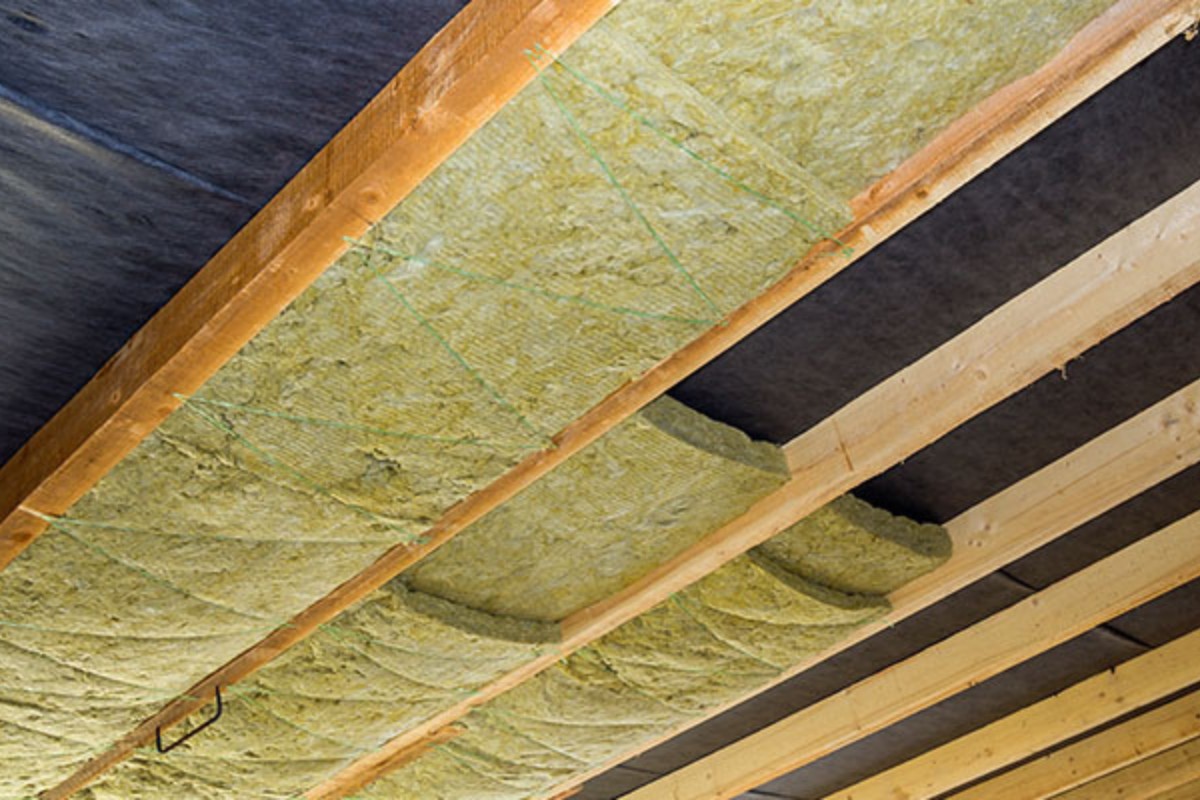
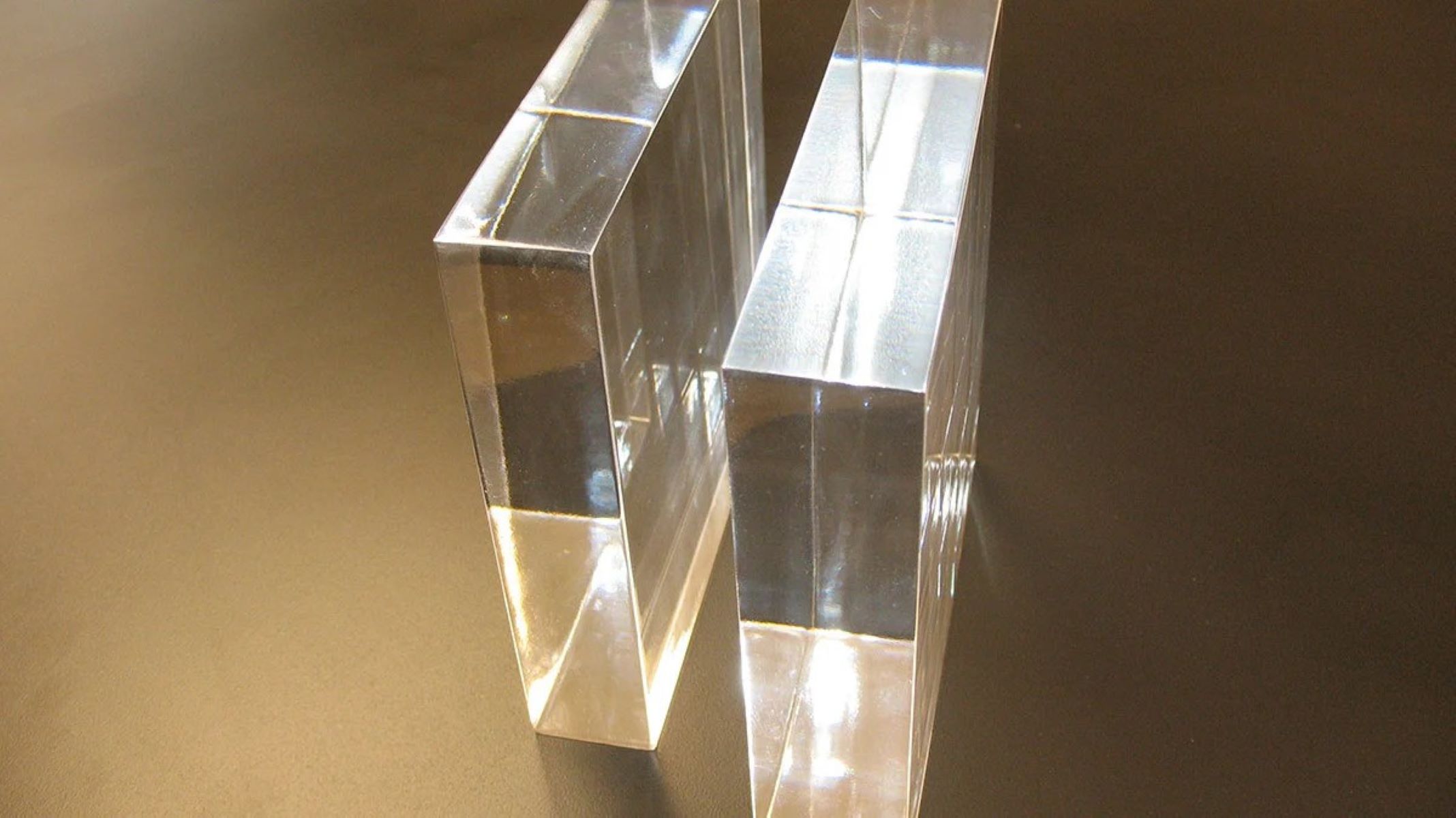


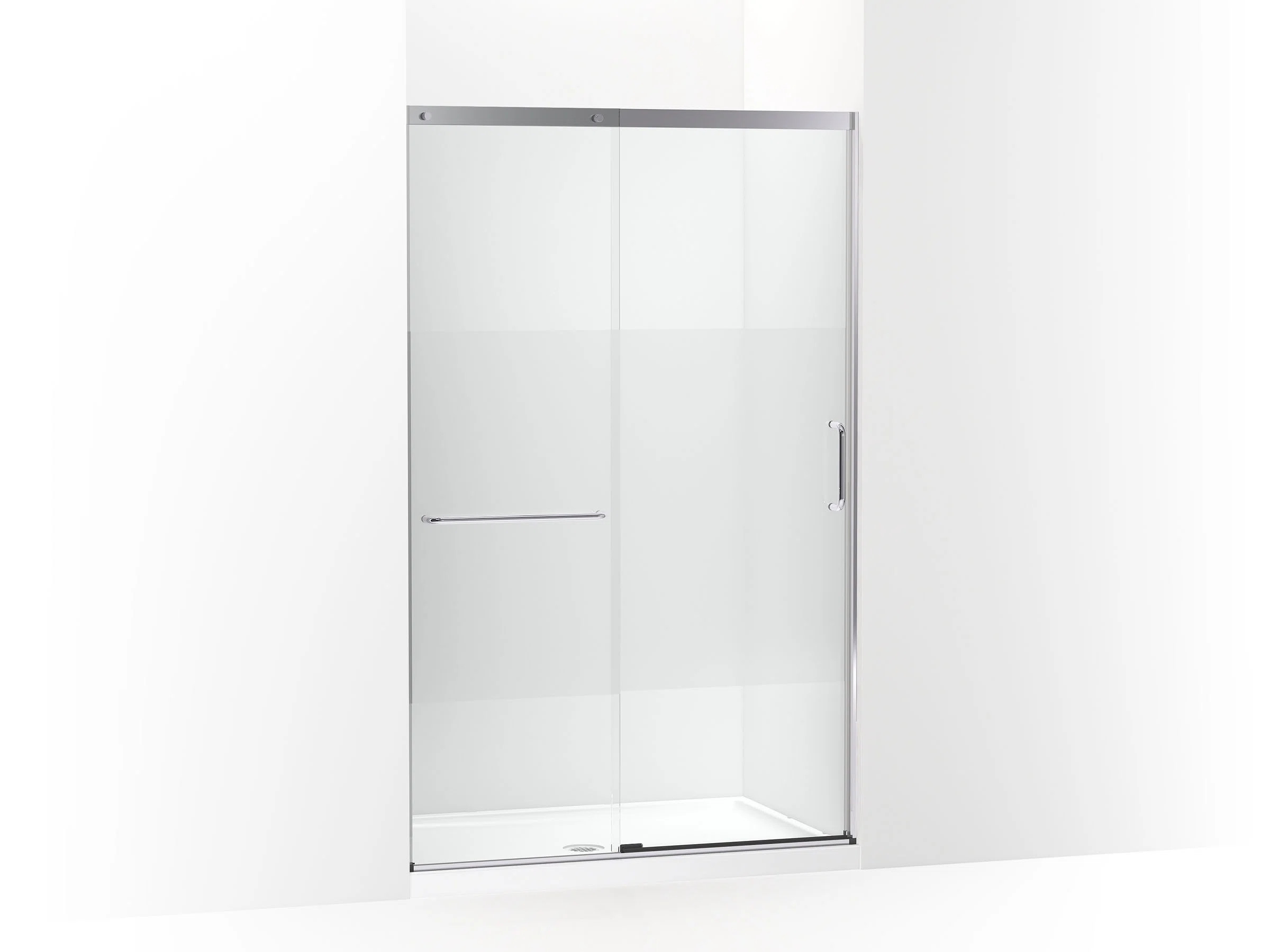
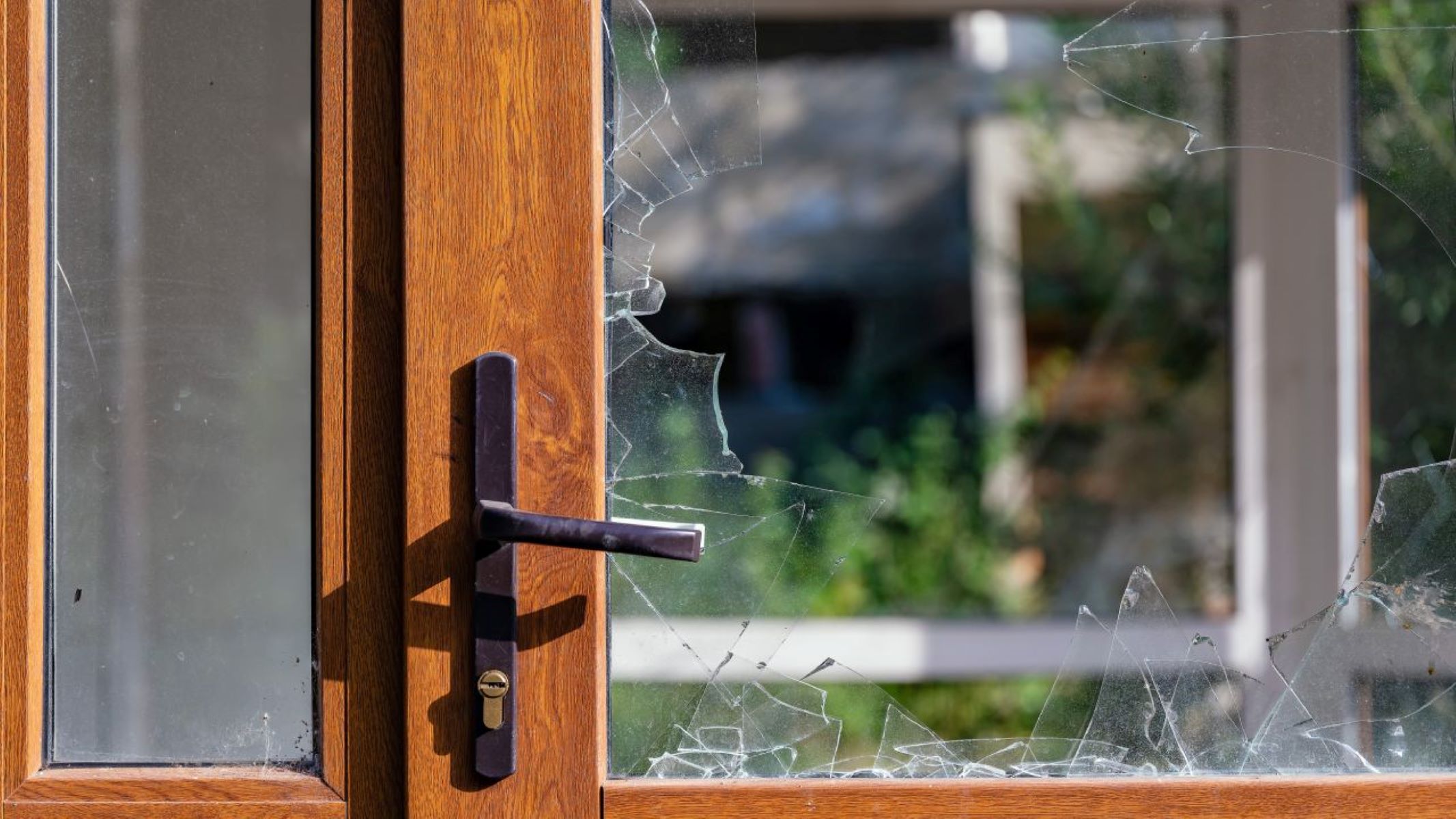
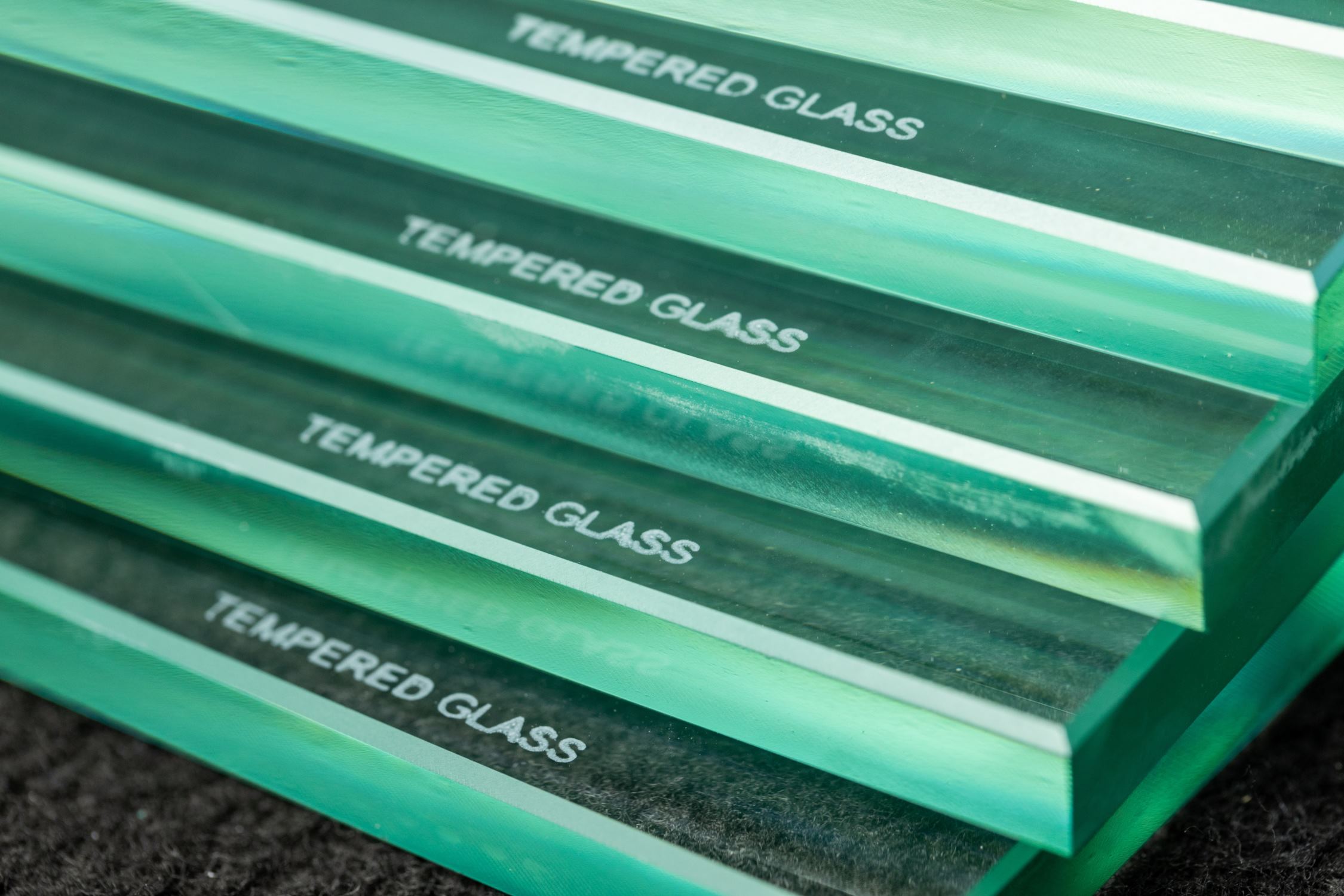
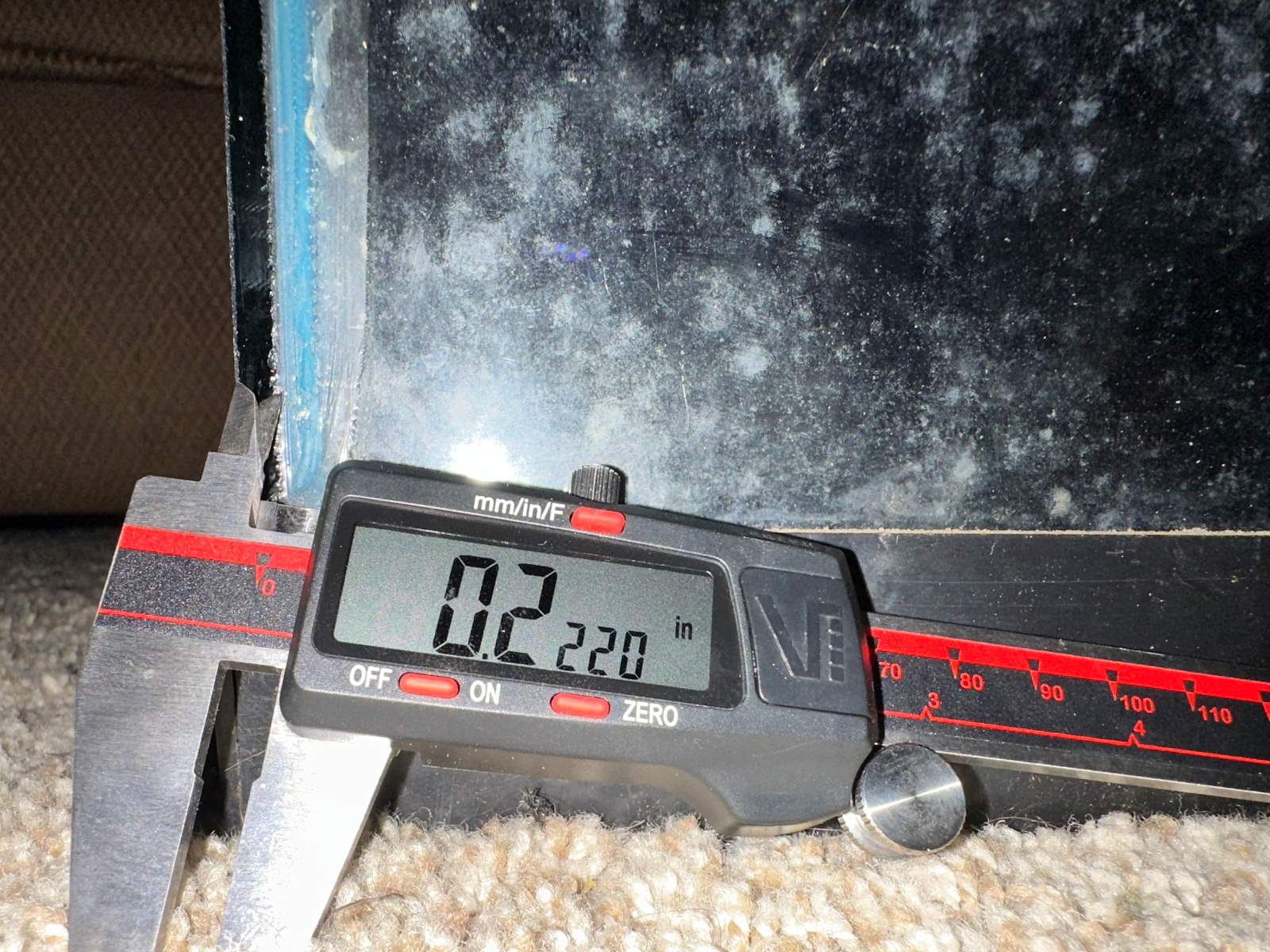

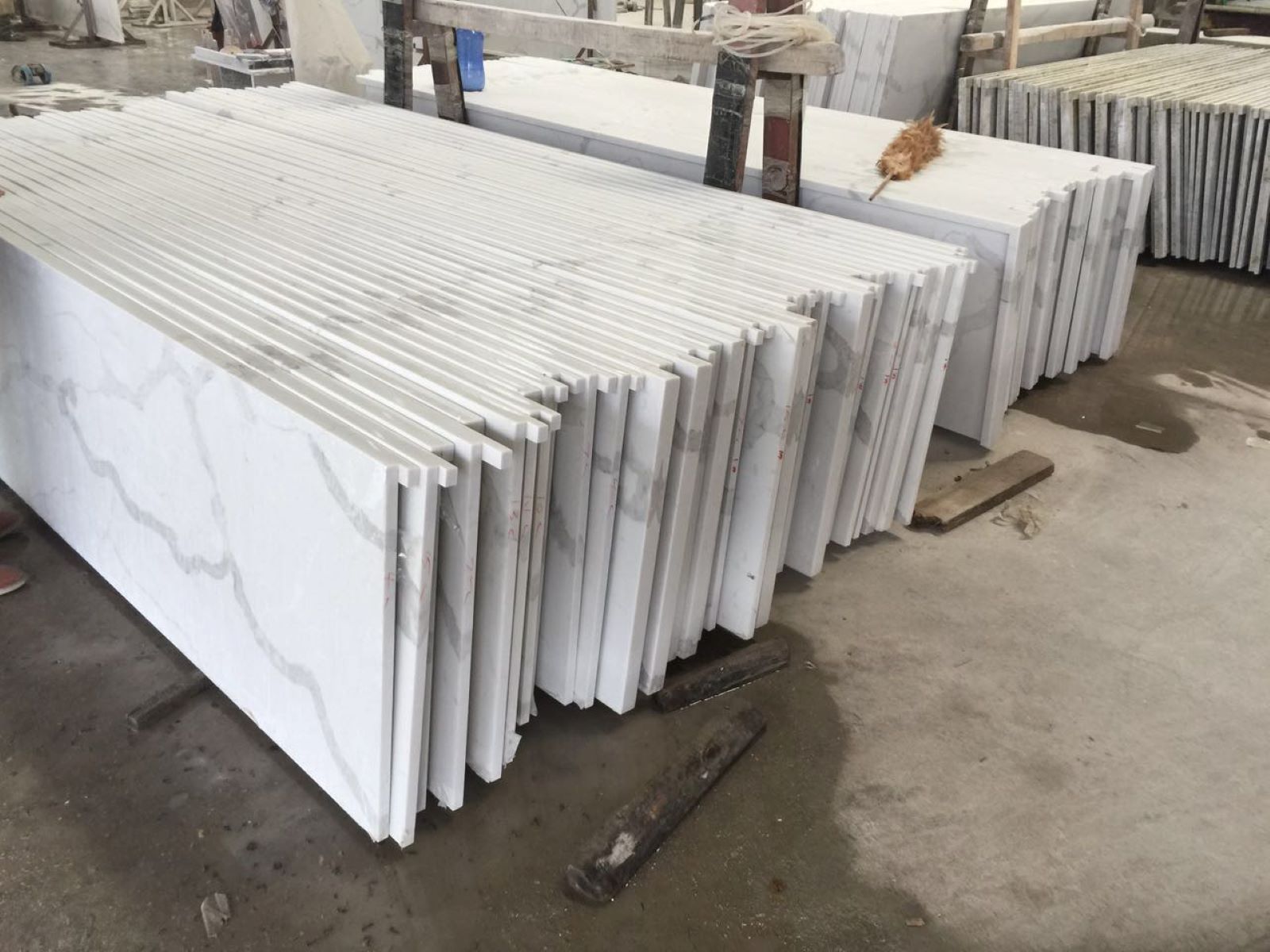

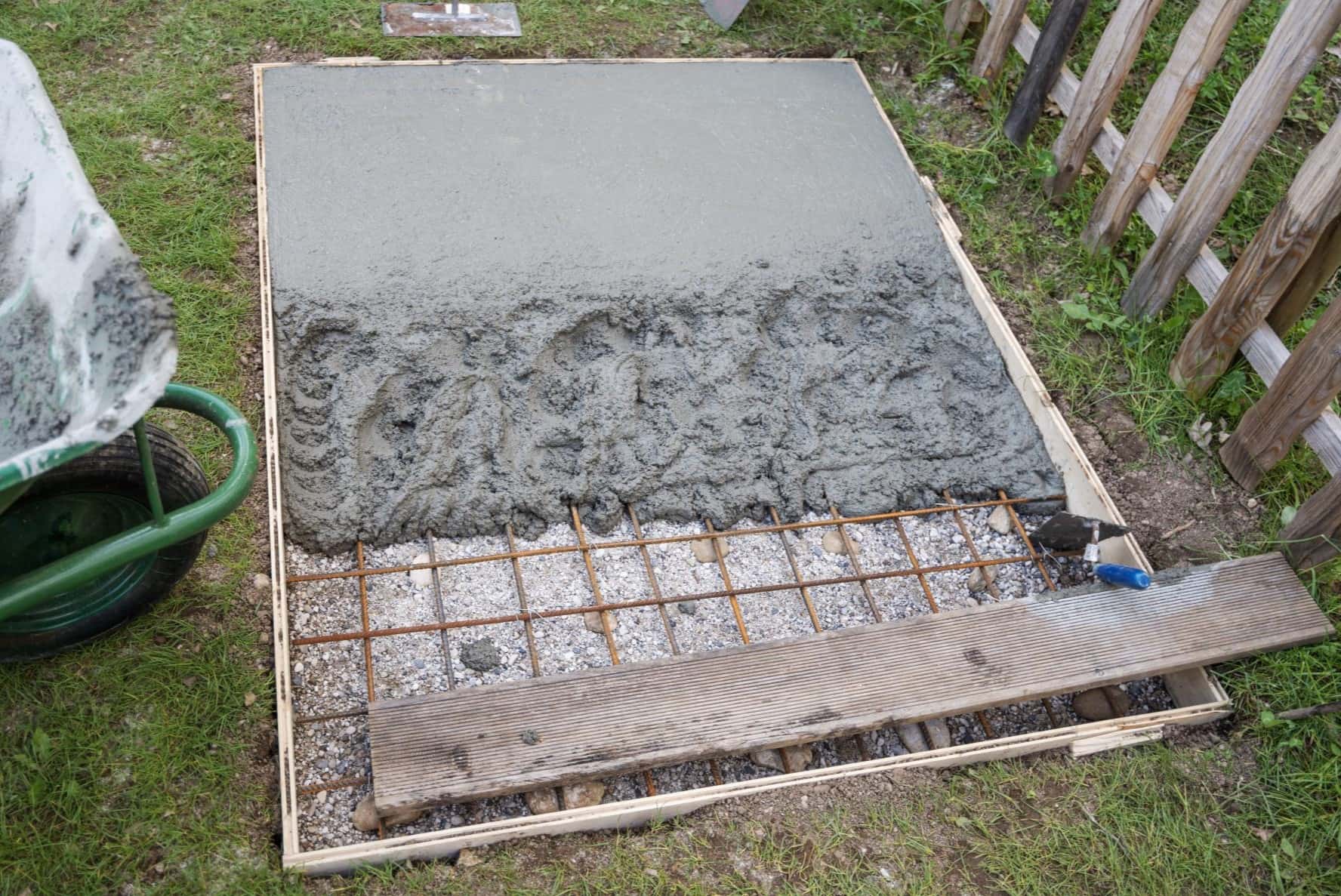

0 thoughts on “How Thick Should Aquarium Glass Be”